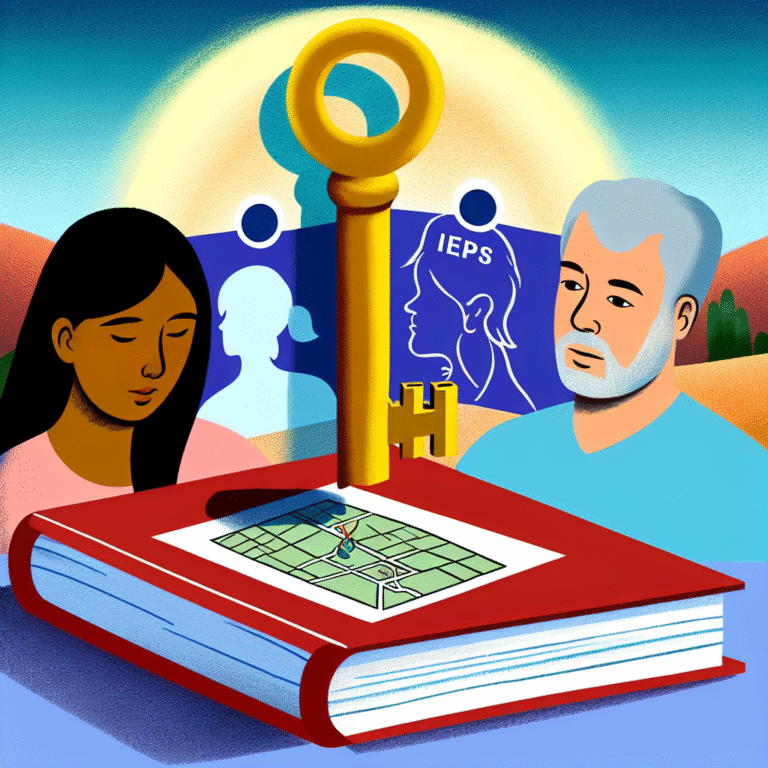Beyond the Headlines: Essential Psychological Profiles of Notorious Criminals
Introduction
The fascination with crime has been a steadfast part of human culture, often spurred by the tragic narratives that surround notorious figures. Yet, as we delve into the lives and actions of these criminals, there is an urgent need to look beyond the headlines. "Beyond the Headlines: Psychological Profiles of Notorious Criminals" invites readers to explore the complex underpinnings that lead individuals to commit heinous acts. Understanding the psychological profiles of these criminals not only sheds light on their motivations but also helps society address and potentially prevent similar actions in the future.
As we embark on this journey through the dark corridors of criminal psychology, we will analyze the psychological traits, backgrounds, and life circumstances of several infamous criminals. This exploration will not only provide insights into their minds but also prompt essential discussions regarding prevention and rehabilitation.
The Psychology of Crime: An Overview
Understanding Criminal Psychology
Criminal psychology merges psychology and criminology, studying the thoughts, intentions, and behaviors of criminals. By understanding psychological traits and life experiences, we can glean insights into why certain individuals turn to crime. The term criminal justice system often reflects the punitive response to crime, while criminal psychology offers a lens of understanding that is just as critical.
Key Psychological Theories
- Biological Theories: Some theories argue that genetics play a crucial role in predetermining criminal behavior.
- Psychological Theories: Personal experiences, especially traumatic ones in childhood, can severely impact one’s eventual choices.
- Sociological Theories: The environment, including socio-economic status and culture, profoundly influences behavior.
These theories help piece together the jigsaw of criminal behavior, illustrating that crime is rarely standalone; it is a culmination of various factors.
Notorious Criminal Case Studies
Case Study 1: Ted Bundy – The Charming Predator
Background and Profile: Ted Bundy is one of America’s most infamous serial killers, known for his charisma and good looks, which aided in luring his victims. His early life was marked by instability and a complicated relationship with his mother. Bundy’s charm masked a deeply rooted psychopathy.
Psychological Insights:
- Narcissism: Reported traits of pervasive arrogance and exploitation in relationships.
- Manipulation Skills: Masterful in using his intelligence and appearance to manipulate those around him.
Analysis
Bundy excels in illustrating how a charming facade can obscure a pathological drive for control and destruction. His case underscores the importance of understanding interpersonal dynamics in criminal behavior.
Case Study 2: Aileen Wuornos – The Female Serial Killer
Background and Profile: Aileen Wuornos’s tragic life included abuse and an unstable upbringing, leading her into a life of crime. While often dubbed a monster, her story is laced with a desperate struggle for survival.
Psychological Insights:
- Borderline Personality Disorder: Characterized by emotional instability and impulsive behaviors.
- Environmental Influence: Critical life events led to her perception of violence as a means of survival.
Analysis
Wuornos’s case exemplifies how systemic societal issues can create circumstances leading to criminality, prompting the need for a broader perspective on crime prevention and mental health care.
Case Study 3: Jeffrey Dahmer – The Milwaukee Cannibal
Background and Profile: Dahmer’s life was riddled with childhood trauma and a fascination with death that spiraled into gruesome murders. He was a master of manipulation, luring victims with the pretense of companionship.
Psychological Insights:
- Psychosexual Issues: A complex relationship with sexual identity and dominance.
- Antisocial Personality Disorder: Coldness and inability to form genuine emotional bonds.
Analysis
Dahmer portrays the chilling by-products of trauma and a fragmented identity. His profile encourages discussions on how psychological treatment can intervene before violent tendencies escalate.
The Impact of Societal Influences
The Role of Society in Shaping Criminal Behavior
To understand the phrase "Beyond the Headlines: Psychological Profiles of Notorious Criminals," it’s imperative to recognize how societal factors shape individuals. Poverty, social disconnection, and exposure to violence can all contribute significantly to an individual’s path toward criminality.
Risks of Misinterpretation
Misrepresenting these individuals often leads to stigmatization and misunderstanding. Media portrayals skew public perception, reinforcing fear rather than promoting discourse and prevention strategies.
Psychological Interventions and Rehabilitation
The Evolving Landscape of Criminal Rehabilitation
Rehabilitation offers a crucial avenue for preventing reoffending. Programs tailored to address specific psychological needs can significantly alter the trajectory for at-risk individuals.
- Cognitive Behavioral Therapy (CBT): Proven methodologies that help individuals recognize and alter harmful thought patterns.
- Trauma-Informed Care: An approach that prioritizes understanding the impact of trauma, addressing its root causes rather than merely managing symptoms.
Case Study: The Role of Therapy in Rehabilitation
- Example: Recent rehabilitation efforts for inmates show promising results in reducing recidivism.
Data Visualization
A chart illustrating recidivism rates of inmates who engaged in psychological rehabilitation programs versus those who did not.
| Rehabilitation Program | Recidivism Rate (%) |
|---|---|
| Engaged in Therapy | 25% |
| No Therapy | 55% |
Analysis
This data emphasizes the profound impact that psychological intervention can have on reducing crime, showcasing the need for a proactive approach in criminal justice.
Conclusion
In exploring "Beyond the Headlines: Psychological Profiles of Notorious Criminals," we have dissected the intricate layers of motivations and societal influences behind infamous criminal actions. While the need for justice remains paramount, understanding the psychological dimensions encourages a more compassionate approach—one that fosters healing, prevention, and ultimately societal betterment.
As we reflect on the complexities of human behavior, we are reminded that behind every headline is a story too often unacknowledged. The path forward lies in robust discussions around mental health, societal structures, and the continuous quest for understanding.
FAQs Section
1. What factors contribute to criminal behavior?
Criminal behavior is influenced by a combination of psychological, environmental, social, and biological factors.
2. Can criminals be rehabilitated?
Yes, with appropriate psychological interventions, many criminals can be rehabilitated and reintegrated into society.
3. How does childhood trauma affect criminality?
Childhood trauma creates psychological scars that can lead to a higher propensity for criminal behavior as individuals mimic patterns learned during formative years.
4. What role does society play in crime prevention?
Societal factors such as community support, access to education, and mental health services are critical in preventing crime.
5. Are psychological profiles definitive for predicting criminal behavior?
While they provide insights, psychological profiles are not definitive predictors of behavior. Each individual is unique, and multiple factors should be considered.
The narrative surrounding notorious criminals demands more than sensationalism; it requires analysis and understanding that can foster a more just and safe society. By striving to understand these individuals beyond the headlines, we unlock the potential for meaningful change.





